Book choices for today:
Do Lions Live on Lily Pads? Melonie Walsh
Lily Pad Pond Bianca Lavies
Come Along Daisy Jane Simmons
The Lily-Pad Race Ikids and Simon
Underneath the Lily Pad Tami Holland Davis
Botany: (first circle)
Need for lesson – Lily pad kit and a picture of a lily pad.
Botany 14
We are going to talk about lily pads today. Has anyone seen a lily pad? What is it? If you’ve been to pond maybe you’ve seen beautiful leaves floating in the water and sometimes you can see a flower as well. Now, lily pads might look like they are just floating on the water, but actually they are planted with their roots into the ground at the bottom of the water. These pretty plants are also sometimes called “water lilies” or “lotuses.” Lily pads are actually the floating leaves of water lilies. They can grow anywhere standing water exist. That means water that doesn’t move like in a pond. Moving water is like a river or the ocean. Water lilies or lily pads help to keep the water clear and clean. They help to shade the water and keep it cool in the summer. Frogs use lily pads to bask in the sun.
We have some lily pad, lotus flower seeds. We are going to drop them into our water and watch them grow. We will look for the roots to start forming just like with our other seeds, only these are in the water because they are aquatic plants, or plants that live in the water.
Lily pads are very popular because they are so beautiful. Many famous paintings have ponds full of lily pads in them. One famous artist, Claude Monet, painted lots of lily pads a long time ago. We will learn about him at another time, but his paintings that have lily pads are very beautiful.
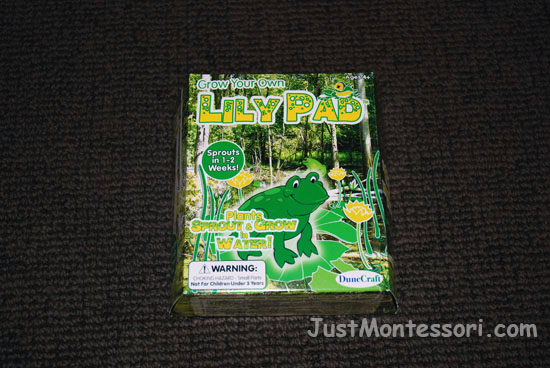
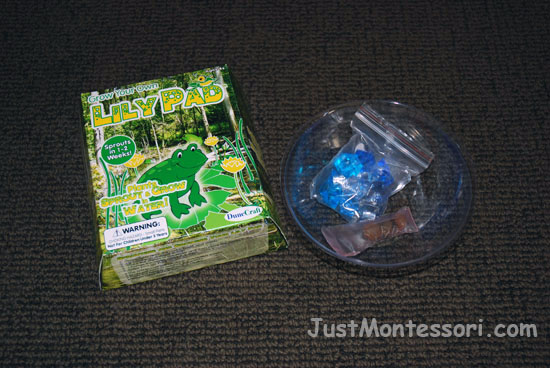
Additional Works:
Frog Counting – I made these little lily pads and put numbers on them. Children count out the frogs basking on them.
Frog Subtraction – These are frog shaped erasers. I use them for simple subtraction.
Sequence Puzzles – A school I worked at had these puzzles.

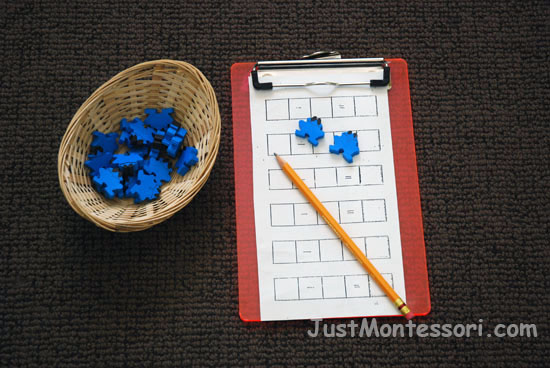
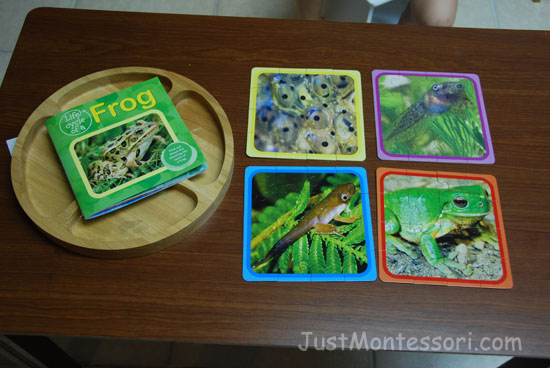
Art:
Frogs on Lily Pads – Have pre-cut lily pad shapes and frogs. Children stamp-paint the frogs using bingo marker stampers.
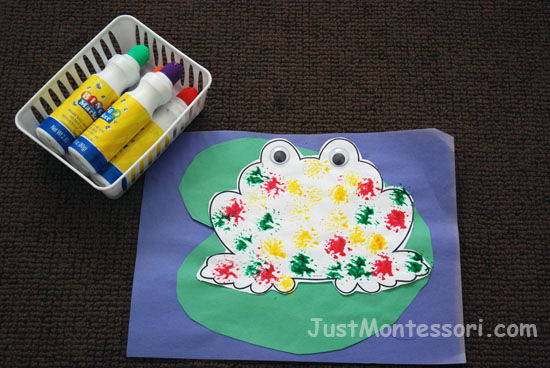
Science: (second circle)
Need for lesson – Body outline with all parts added and Body Organs Booklet
Science 21
We are going to look at our body outline and talk about all the things we learned about some of it’s inside parts.
This is the brain. What does our brain help us to do?
Here are the lungs, what is it from the air that our lungs take in? What is the part of the air that we breathe out to help plants?
How important is our heart? What is its job?
I see all these red and blue lines all over the body what are they?
Tell me a little bit about our blood – what things are in it?
Here, I see the stomach, liver, and intestines. These are called something all together, it is our_____system.
Can you remember what muscles help us to do? What about our bones, all together they are called our _______. It is the framework of our body.
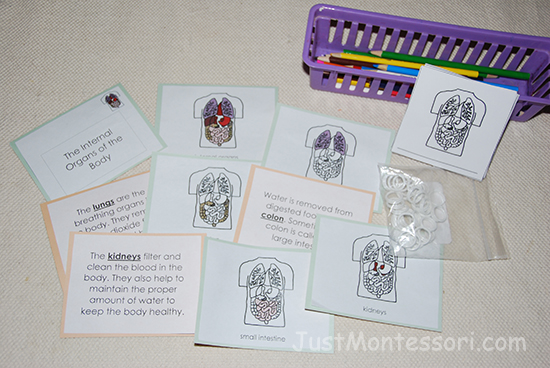
These are some of the pages that you make into a booklet. Children can make their own little booklets.
Additional Work:
Plush Organs – The county in one of the schools I worked at, provided a monthly nutritional program. They had lessons on keeping your organs healthy. One of the ways they did this was with Plush Organ Characters. They had fun catchy names such as, the Kidney Brothers, Madame Muscle, Sir Rebrum, and Handy Heart. They can be found on organwiseguys.com.
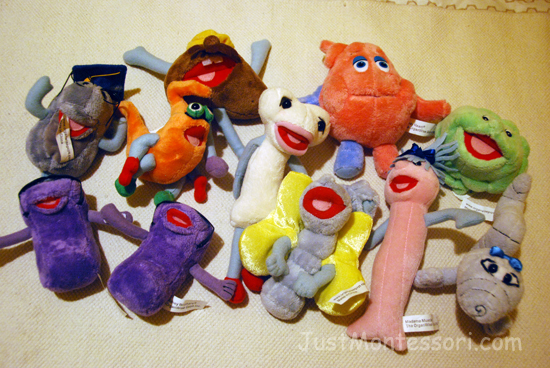
Organ Vest – This is a fun work that the children wear. They like to do this with a friend too. Organs are placed on the vest with kidneys placed on the back of the vest. A headband holds the brain which is worn on the head. This is from a teacher supply store called Lakeshore.
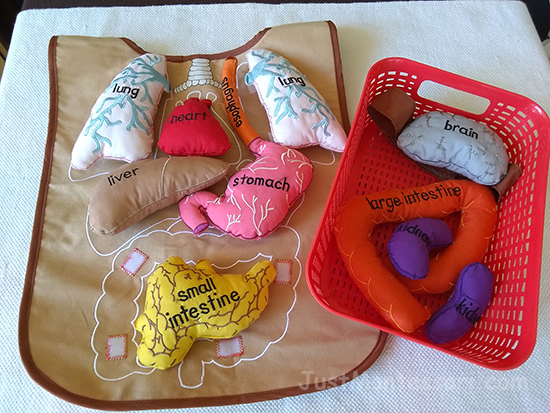
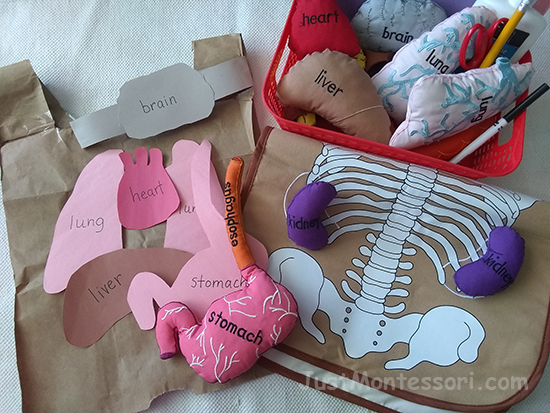
Song (CD) choices for today:
Five Green Speckled Frogs Raffi
Pollywogs Animals – Macmillan
Get the PDF for Weeks 6-10
-
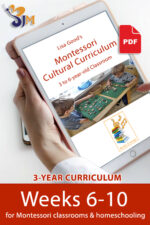 (C) Weeks 6-10$25.00
(C) Weeks 6-10$25.00


